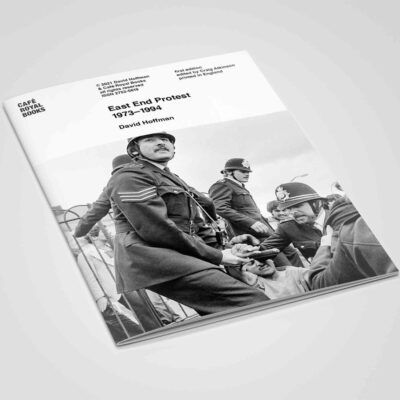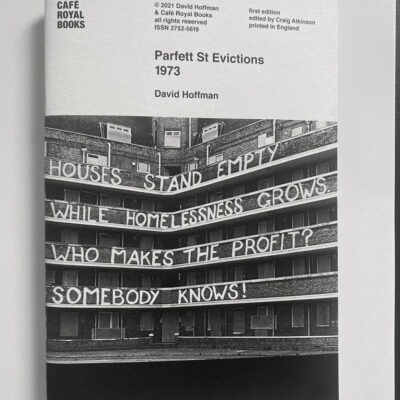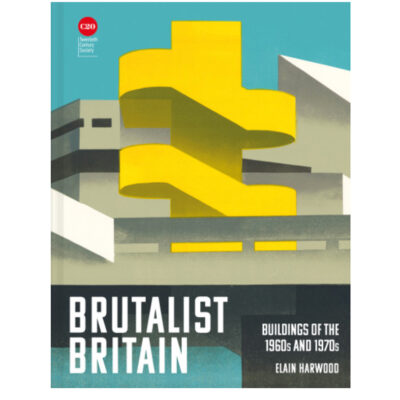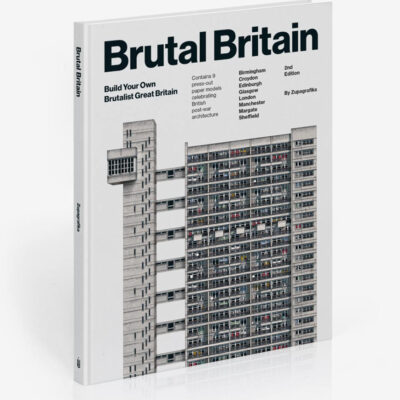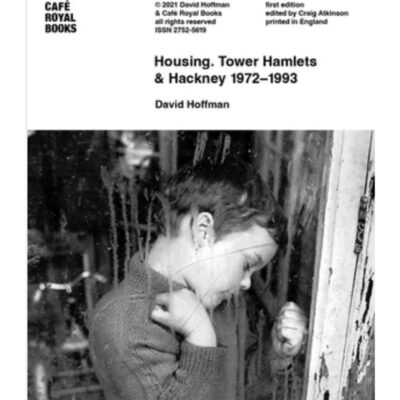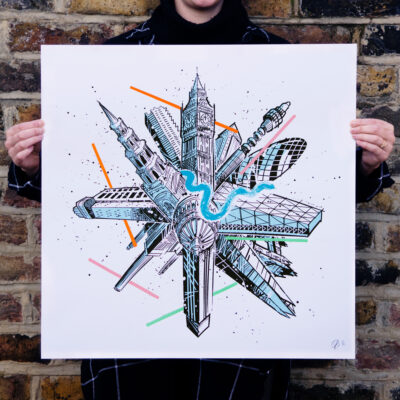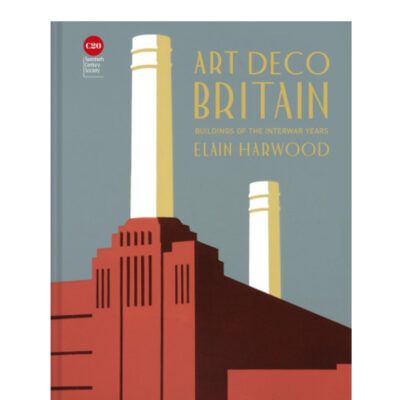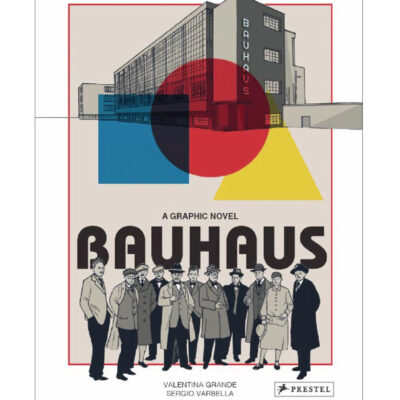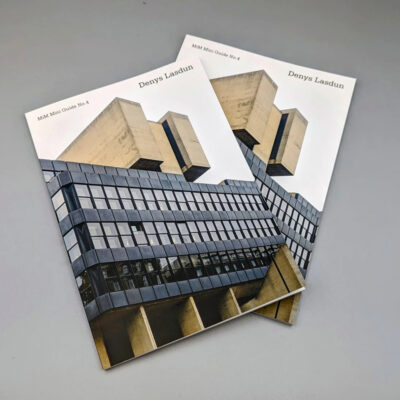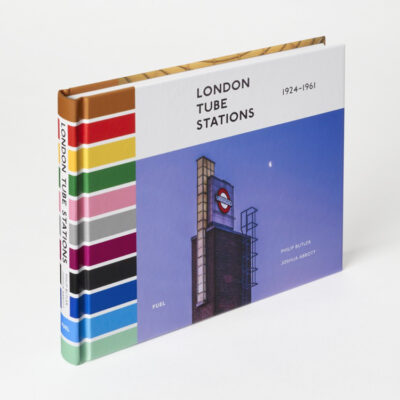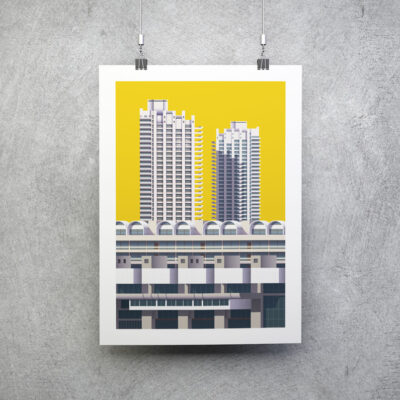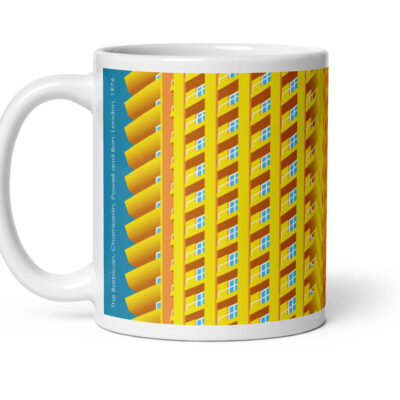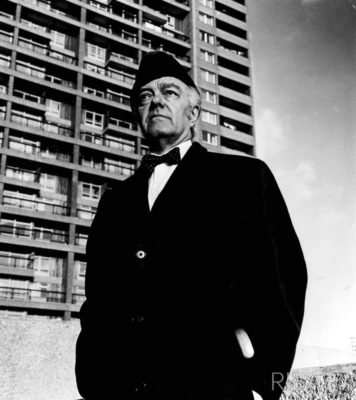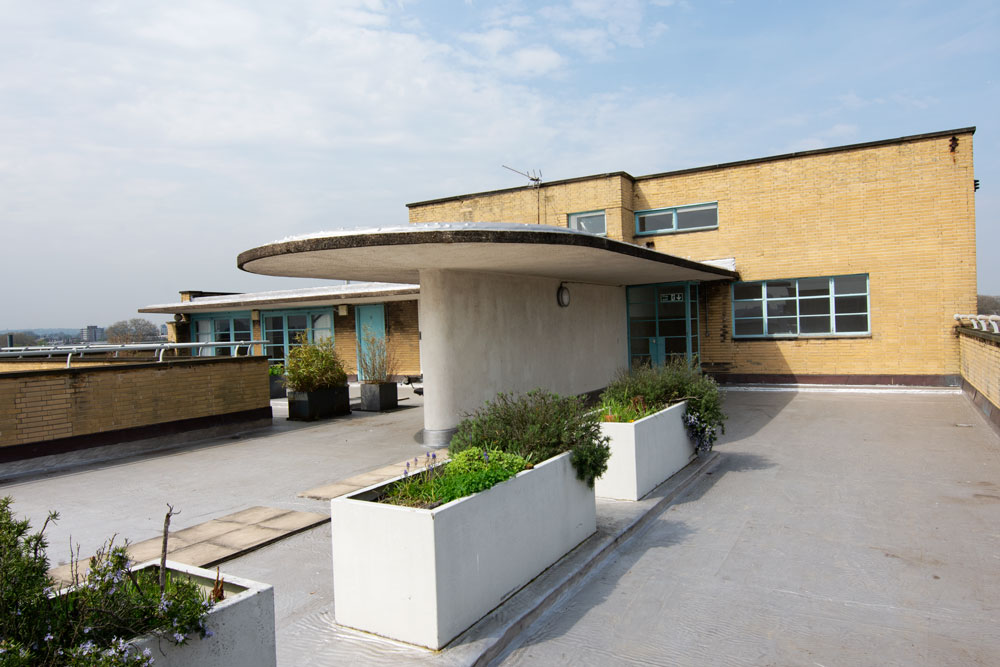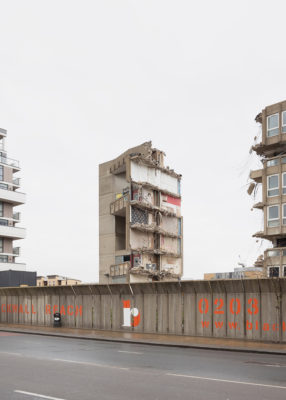David Hoffman ‘the riot photographer’s riot photographer’
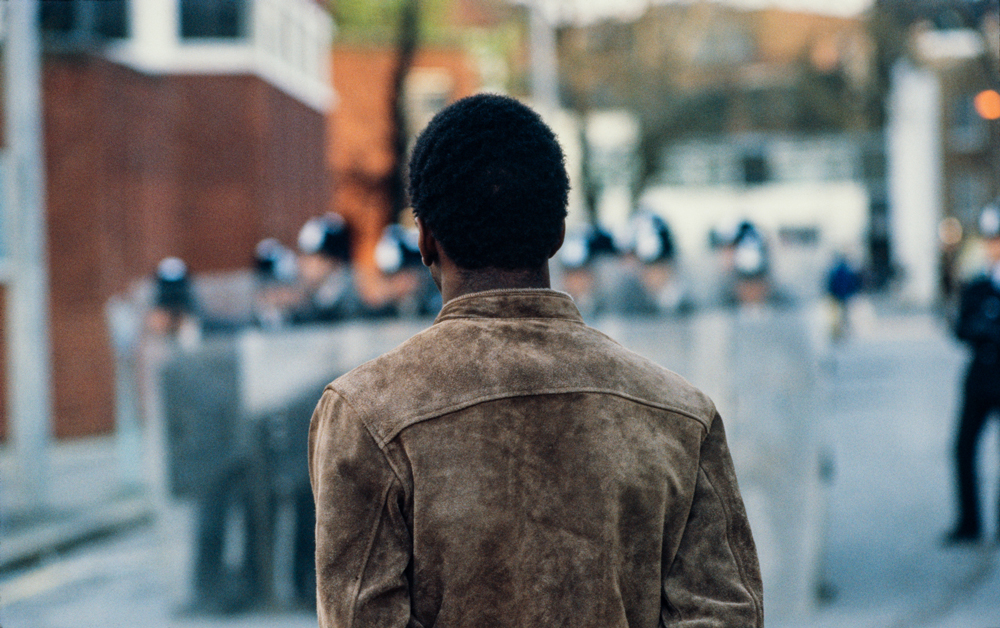
Youth Faces Police Brixton 1981
Victoria Park, East London, now a calm, somewhat gentrified, tranquil spot for a conversation with David Hoffman, a photojournalist who has made a career documenting what David refers to as ‘the increasingly overt control of the state over our lives’. Through his lens, we see 50 years of social conflict, homelessness and protest. Today his work is not only a profoundly important record of the currents of class and race but used as much by theatre designers and the press for authentic and searing images of Britain in a time of transition, under pressure and underfunded.
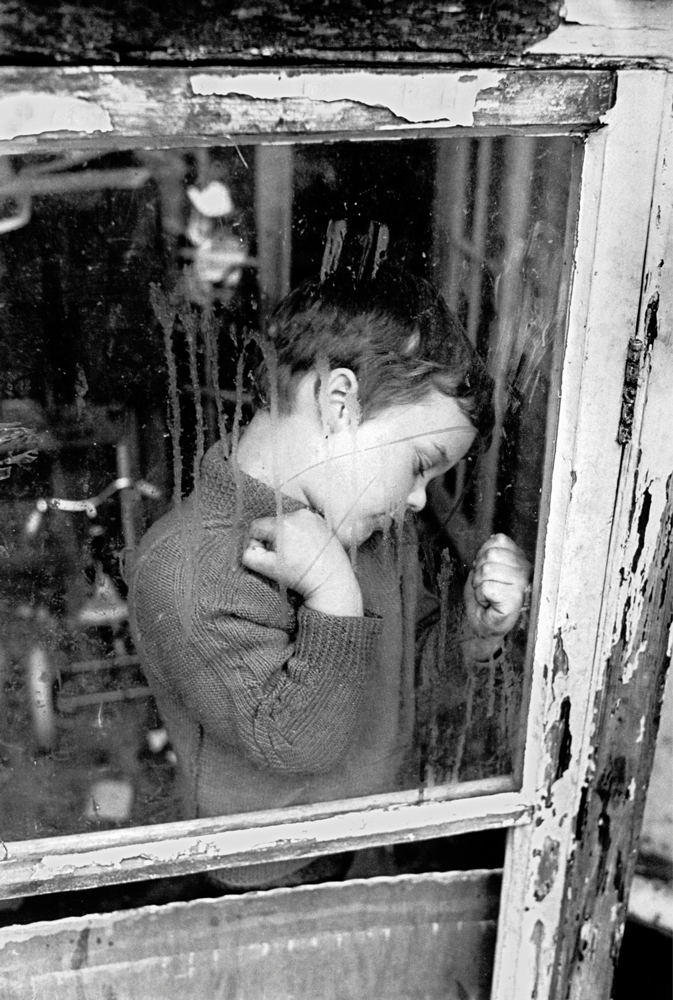
Boy in Squat
The East End he photographed has changed almost beyond recognition. Flats are regularly sold in excess of £750,000 on streets that were once the battleground for stand-offs between the police and squatter activists. This was a time when empty houses were cynically left to rot whilst families were descending into absolute poverty. The crisis was captured on TV in Cathy Come Home, a play first shown in 1966 but still resonating with the public when it was broadcast again in 1976. It shows a problem unresolved with local political and community leaders not sufficiently interested to improve the lot of the homeless.
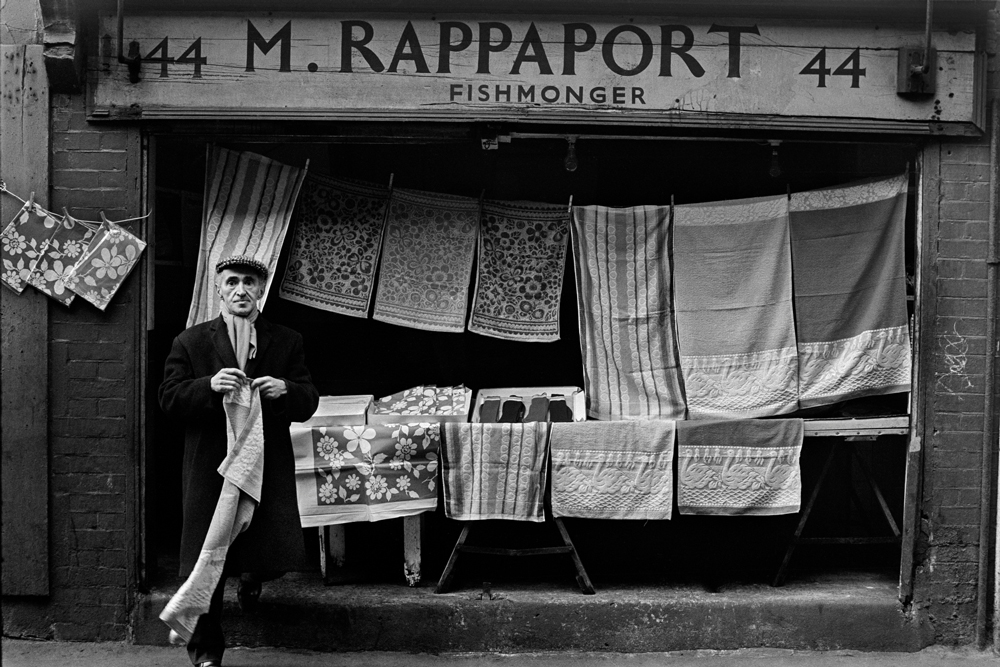
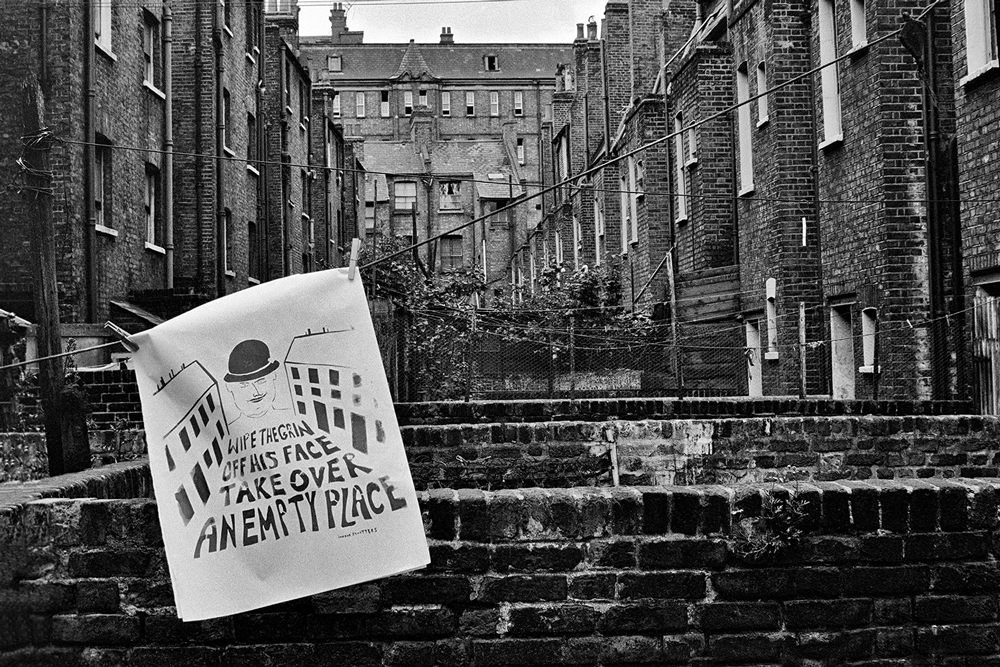
East End Squatting
It’s hard not to be cynical; how did things get so bad?
‘Contracts were being given for new estates’ David recalls, ‘and when they were built they were crappy with high maintenance costs. Money borrowed from the City to pay for construction had to be repaid at high interest rates from the rents, leaving little for maintenance.’ Meanwhile ‘beautiful housing was being demolished – but occupation by squatters saved whole streets – still standing and highly valued today’.
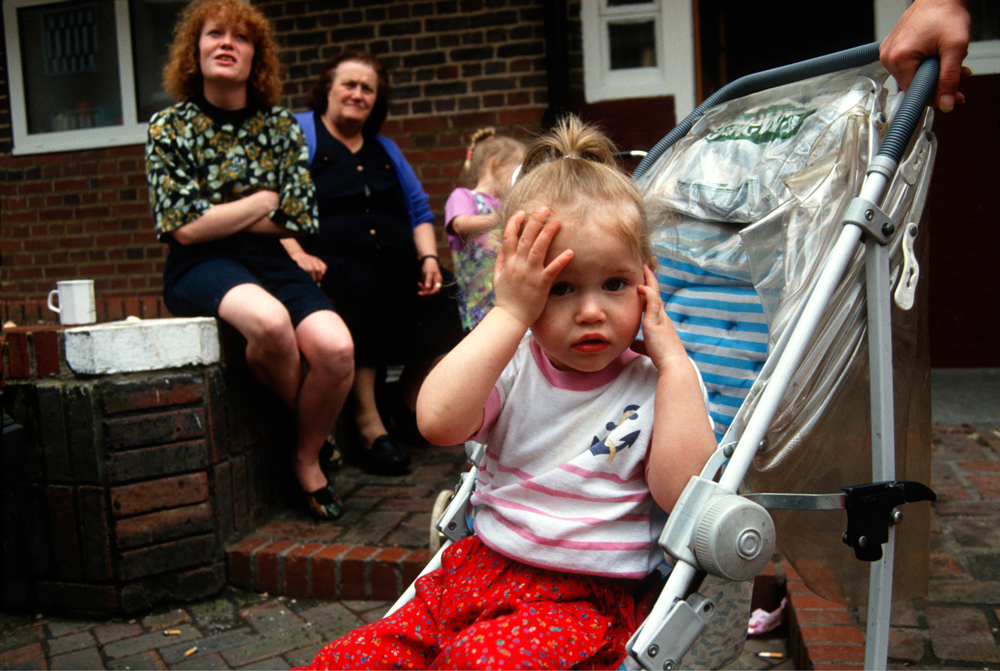
Kingsmead Estate
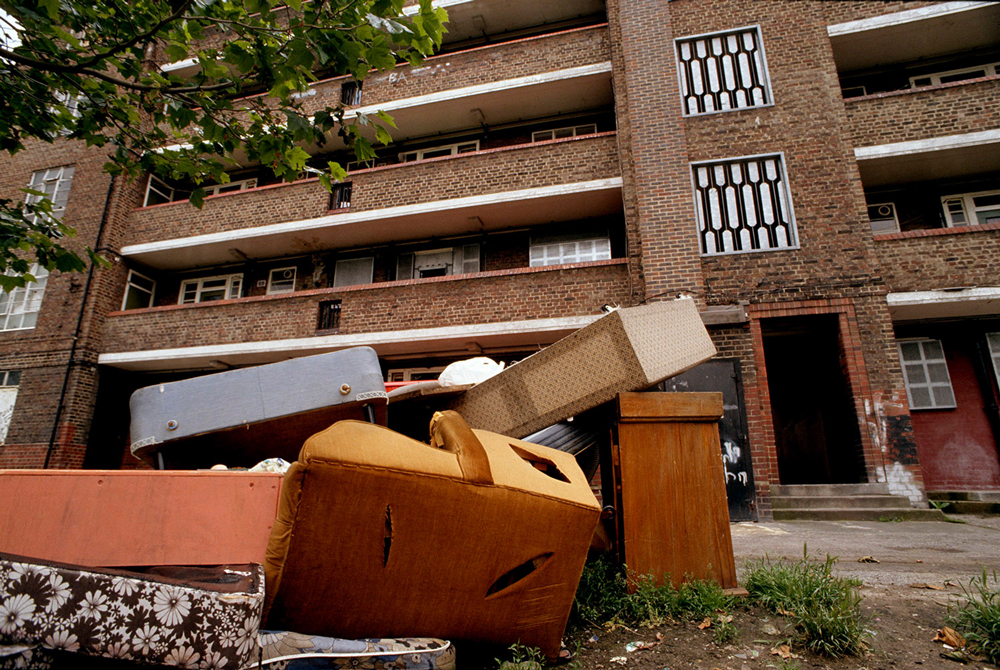
Kingsmead Estate
The activists were vilified in the press, labelled as layabouts and unemployed – a far cry from reality. Today our understanding of activism, conservation and protection of historic areas and houses is more nuanced.
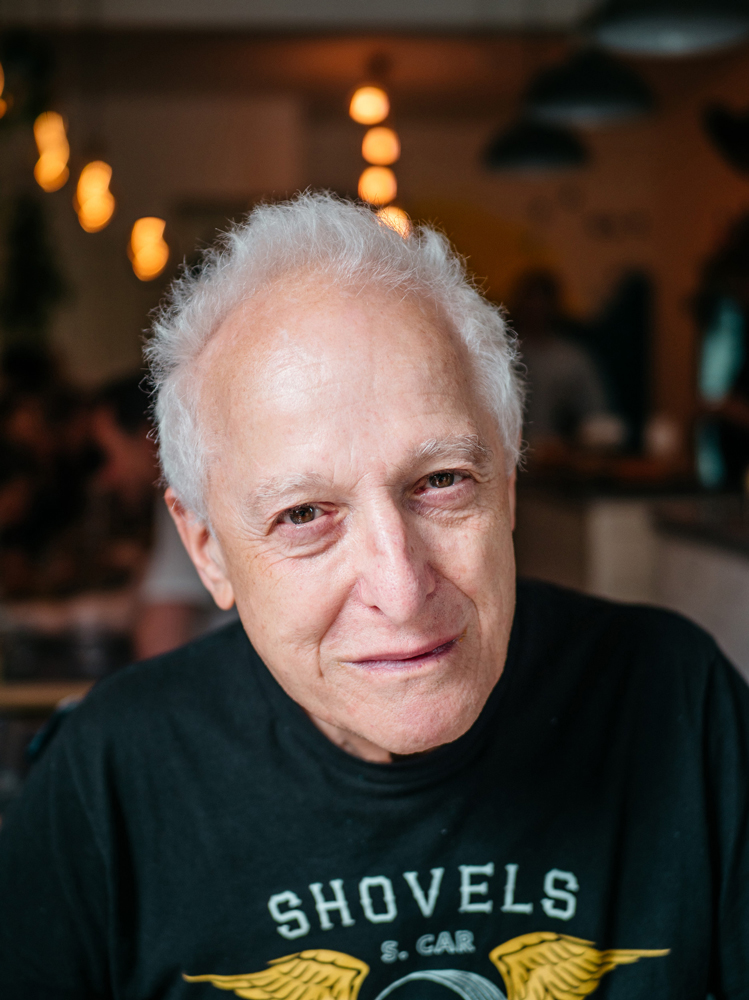
David photographed by Gabrielle Motola
Filmmakers Steve McQueen and James Rogan raided David’s archives for images as a backdrop for their three-part BBC documentary ‘Uprising’ about Black people’s experience in London in 1981. From the New Cross fire in January which led to the deaths of 14 young Black people to the Black People’s Day of Action in March to the uprisings of April and July caused by deliberately oppressive racist policing, David was there, his camera capturing the outrage of people ill-served by government and police finally boiling over. David’s work focuses on the wider social issues while never losing its respect for people as individuals, living tough lives in tough urban landscapes.
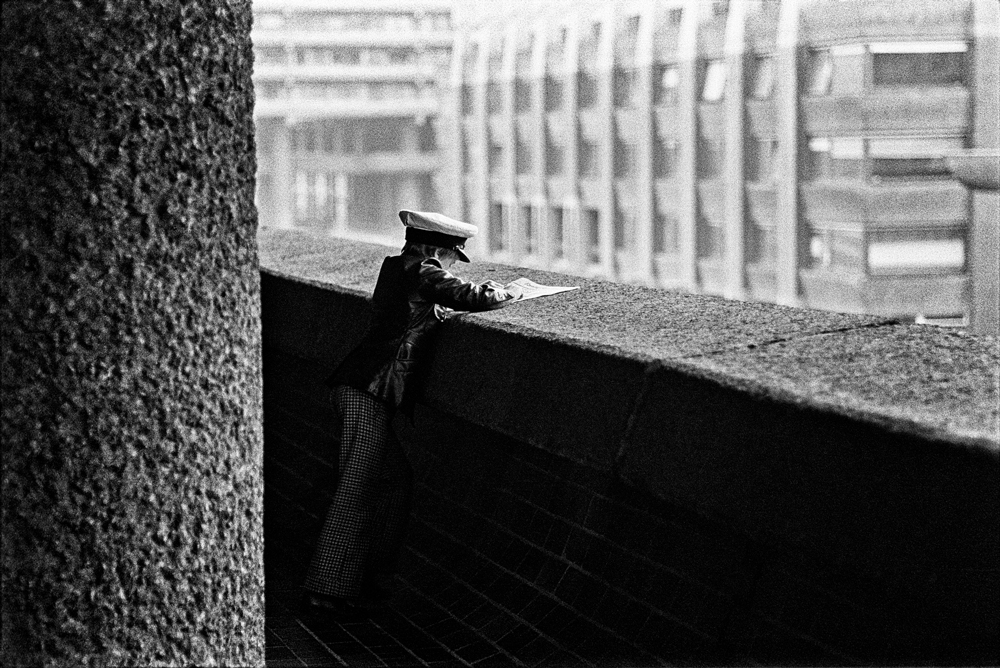
Barbican 1975
Purchase David Hoffman’s prints – Greyscape is delighted to offer several of David’s photographs in a variety of sizes please contact us for more details
To purchase David’s photobooks for Cafe Royal books, please visit the online shop at Greyscape.com
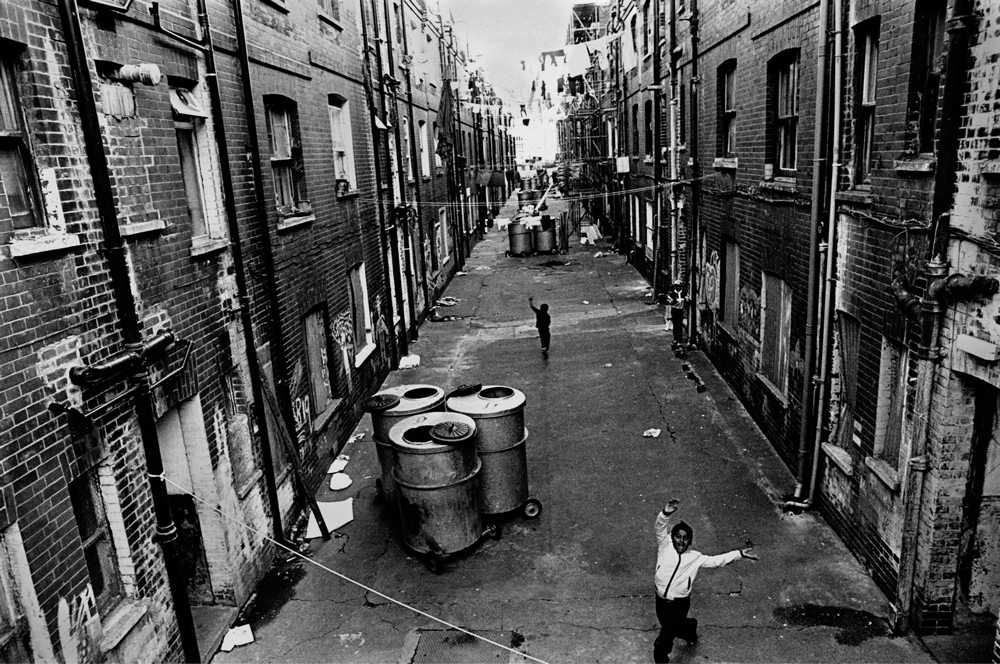
Dancing boy
More about David Hoffman – in his own words:
‘I’ve worked as an independent photojournalist since the 1970s. It didn’t take long for me to discover that documenting the increasingly overt control of the state over our lives was what motivated me. I soon decided to run my own photo library, giving me the freedom to choose my own subject matter. My work sheds what some might see as an unforgiving light across racial and social conflict, policing, drug use, poverty and social exclusion.’
All images are the Copyright of David Hoffman




